Celtic Broadleaf Forests
The ecoregion’s land area is provided in units of 1,000 hectares. The conservation target is the Global Safety Net (GSN1) area for the given ecoregion. The protection level indicates the percentage of the GSN goal that is currently protected on a scale of 0-10. N/A means data is not available at this time.
Bioregion: Great Britain, Ireland & Faroe Islands (PA9)
Realm: Western Eurasia
Ecoregion Size (1000 ha):
20,961
Ecoregion ID:
651
Conservation Target:
24%
Protection Level:
8
States: United Kingdom, Ireland, Isle of Man
Humidity and frequent rainfall in the western part of the Celtic Broadleaved Forests ecoregion gives rise to the temperate rainforest known as Atlantic woodland. Only small fragments survive: oaks richly festooned with lichens, liverworts, mosses and ferns. Elsewhere, the landscape is dominated by agriculture with pockets of semi-natural woodland, conifer plantation and rare lowland heaths, bogs and limestone pavements. Red deer, Eurasian otters, Eurasian badgers, and red foxes are found here. Ducks and waders such as common pochard, Eurasian curlew, godwits, and red knots throng to estuaries.
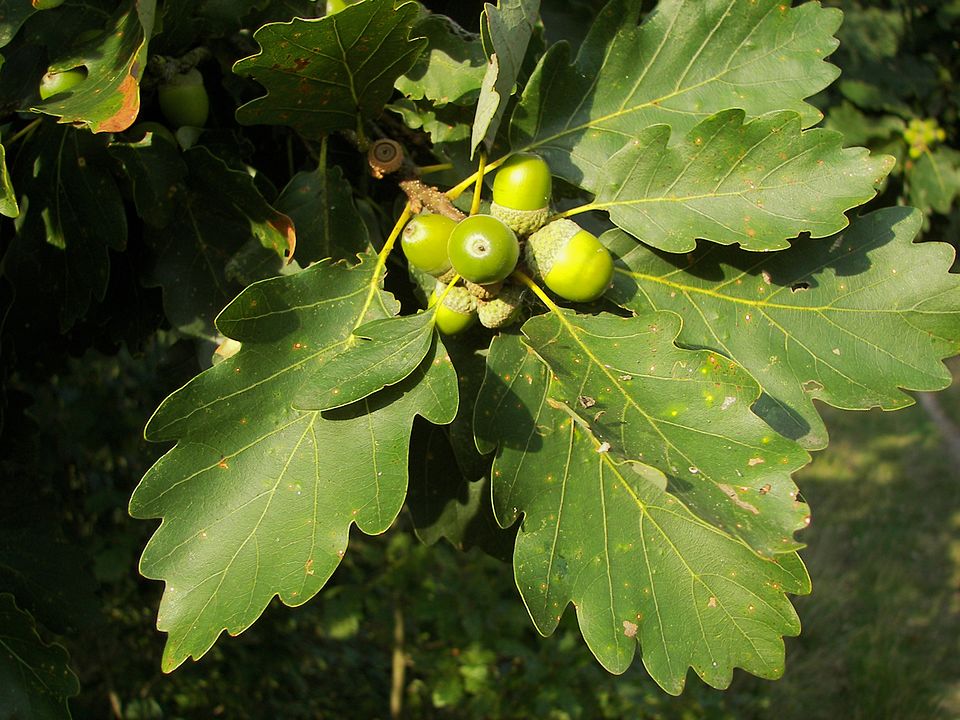
The flagship species of the Celtic Broadleaf Forests ecoregion is the sessile oak. Image credit: Creative Commons
This ecoregion covers the majority of Ireland, the eastern half of Northern Ireland, the eastern edge and south of Scotland and the majority of England, excluding the English Lowlands Beech Forests in the south and east. It is mostly composed of sedimentary rock with localized patches of igneous rocks in Ireland, the southwest peninsular and eastern Scotland. The highest altitude in the ecoregion is 973 m and the climate is warm temperate with a strong maritime influence. Average temperatures are 2–17°C, frequently reaching zero during the winter months, particularly on higher ground, with annual rainfall of 850–1,075 mm.
No unmanaged primary forest still exists and the remaining ancient semi-natural woodland is highly fragmented, often found in hilly areas unsuited to agricultural use and along rivers and watercourses. Only 11.65 km2 has been identified in Ireland and 3,260 km2 in the whole of the UK.
Humid Atlantic woodland is found across Ireland and the westernmost UK parts of the ecoregion, usually composed of sessile oak with birch and ash and richly festooned with lichens, liverworts, and mosses such as endemic Wilson’s pouchwort and slender mousetail moss.
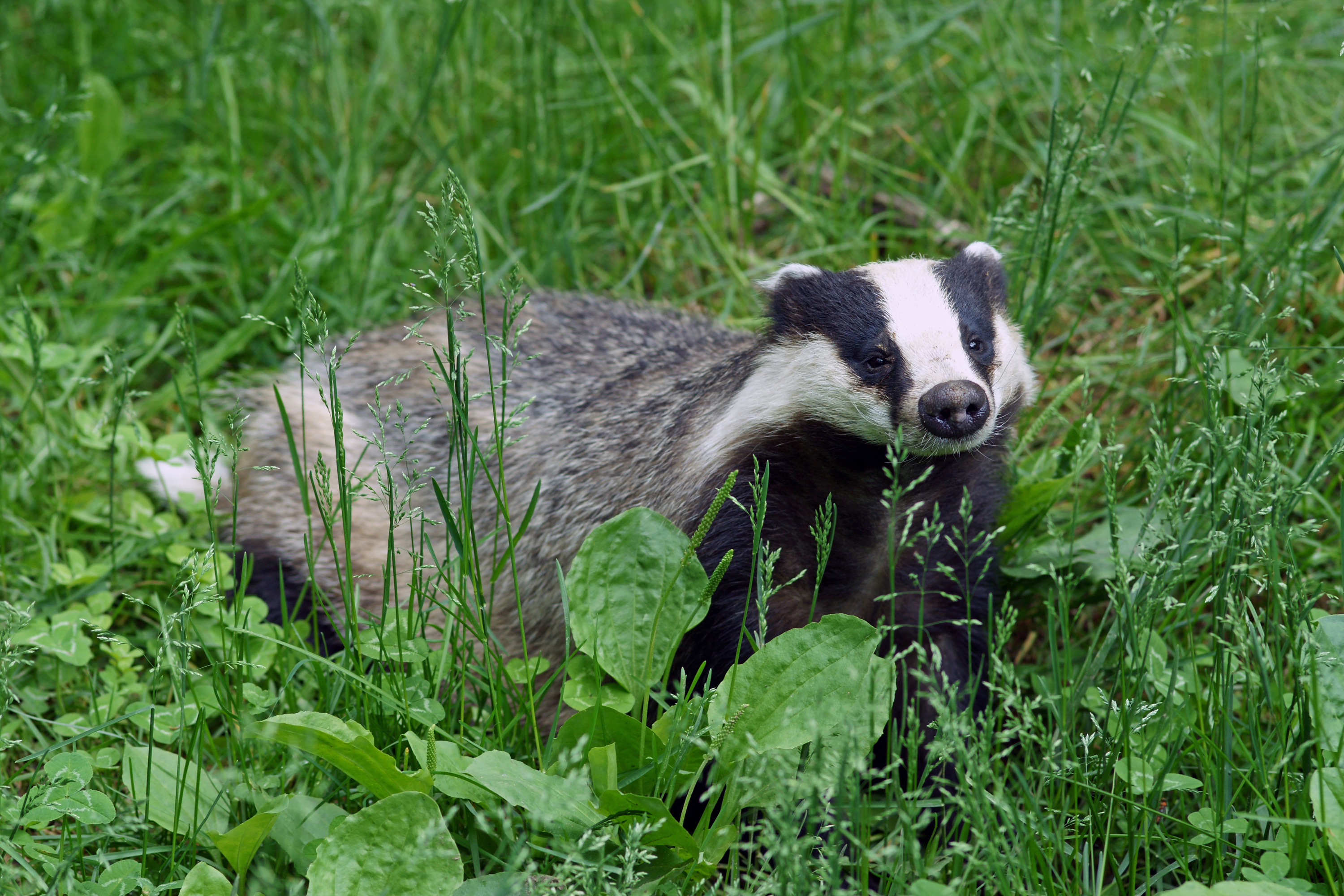
European badger. Image credit: Creative Commons
Where larger areas of woodland persist, such as Wyre Forest, pedunculate oak, sessile oak, birch, yew, holly, and wild service trees support species such as bluebell, dog’s mercury, and wild garlic and 1,400 different species of fungi. New research has identified 19 species of whitebeam tree endemic to the ecoregion, 6 of which are critically endangered, including bloody whitebeam, Maura Scamell’s whitebeam, and Catacol whitebeam.
The ecoregion supports populations of red deer, roe deer, fallow deer, Eurasian otter, Eurasian badger, red fox, and small numbers of pine marten. Coastal areas and wet grasslands are particularly important for populations of birds such as northern gannet, northern lapwing, Atlantic puffin, razorbill, black-tailed and bar-tailed godwits, red knot, Eurasian curlew, long-tailed duck, and common pochard.
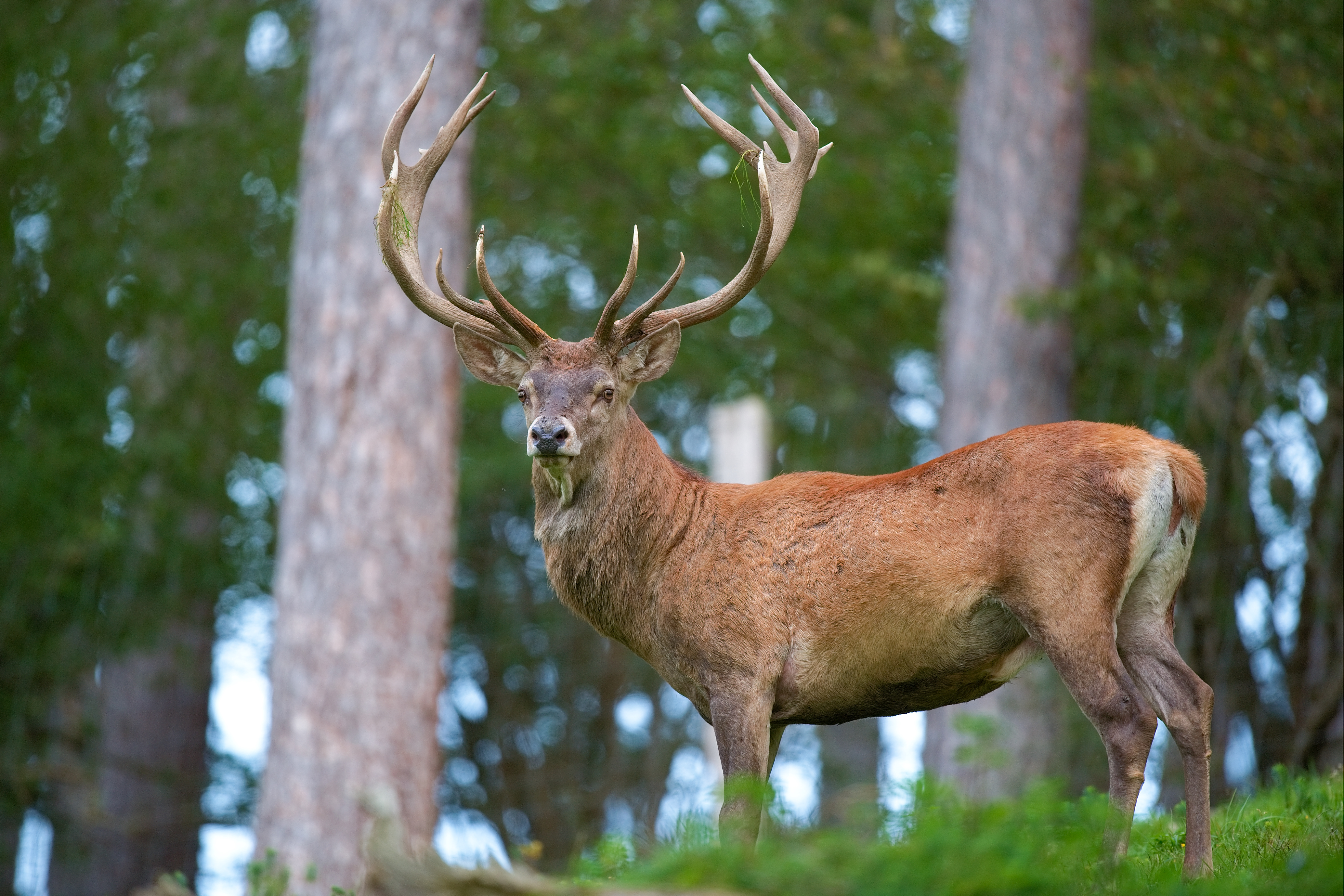
Red deer. Image credit: Creative Commons
A number of raptor species are found, including red kite, peregrine falcon, and northern goshawk. In the north of the ecoregion various endemic subspecies of Atlantic char are found, including the critically endangered Salvelinus lonsdalii and the endangered Salvelinus willoughbii.
Historically less species-rich than mainland Europe due to isolation after the last glaciation, the ecoregion experiences very high human population pressure and intensive agriculture with over 70% of the land area devoted to farming. Internationally important habitats include lowland heathland, Atlantic woodlands, peat bogs and estuaries.
The ecoregion faces a number of conservation threats including agricultural intensification and associated pesticide and fertilizer use, over-extraction of river water, and invasive species such as rhododendron and Japanese knotweed. A well-established network of national parks, areas of outstanding natural beauty, and nature reserves exists but political uncertainty and climate change threaten continuity of management and integrity of these sites.
The priority conservation actions for the next decade will be to ensure a continuity of current commitments to protected areas, soil, water and sustainable farming practice even under political changes associated with leaving the European Union; control invasive species in scarce habitats such as rhododendron in ancient woodland; and increase connectivity of protected areas to mitigate potential effects of climate change.
Citations
- European Environment Agency. 2018. Natura 2000 Network Viewer. [Online]. [Accessed 14 August 2019]. Available from: https://natura2000.eea.europa.eu/#
- UK National Ecosystem Assessment. 2011. Technical Report Chapter 8: Woodlands. [Online]. [Accessed 13 August 2019]. Available from: http://uknea.unep-wcmc.org/Resources/tabid/82/Default.aspx
- Joint Research Centre of the European Commission. 2019. The Digital Observatory for Protected Areas (DOPA) Explorer 3.1: Celtic broadleaf forests. [Online]. [Accessed 14 August 2019]. Available from: https://dopa-explorer.jrc.ec.europa.eu/ecoregion/80409
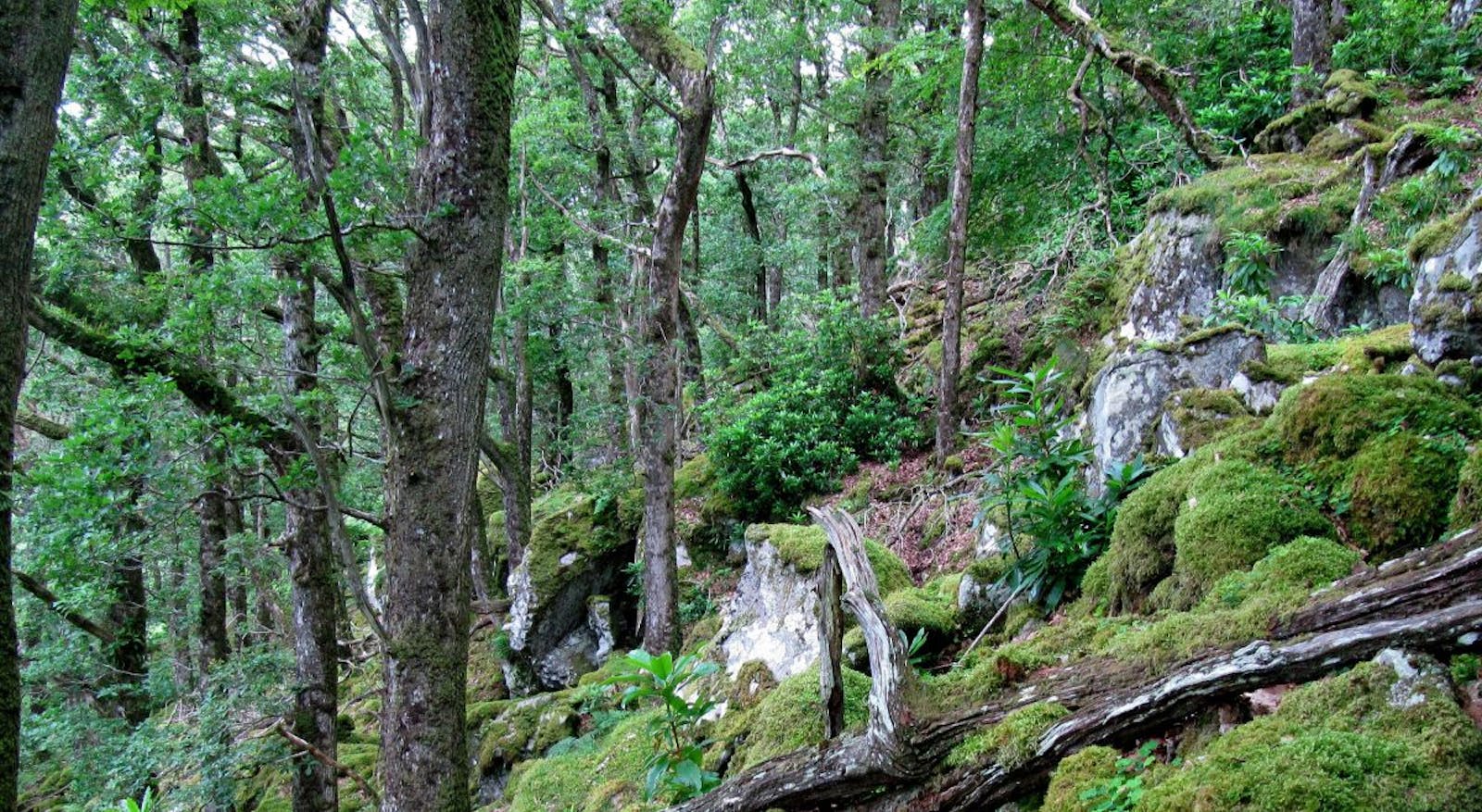
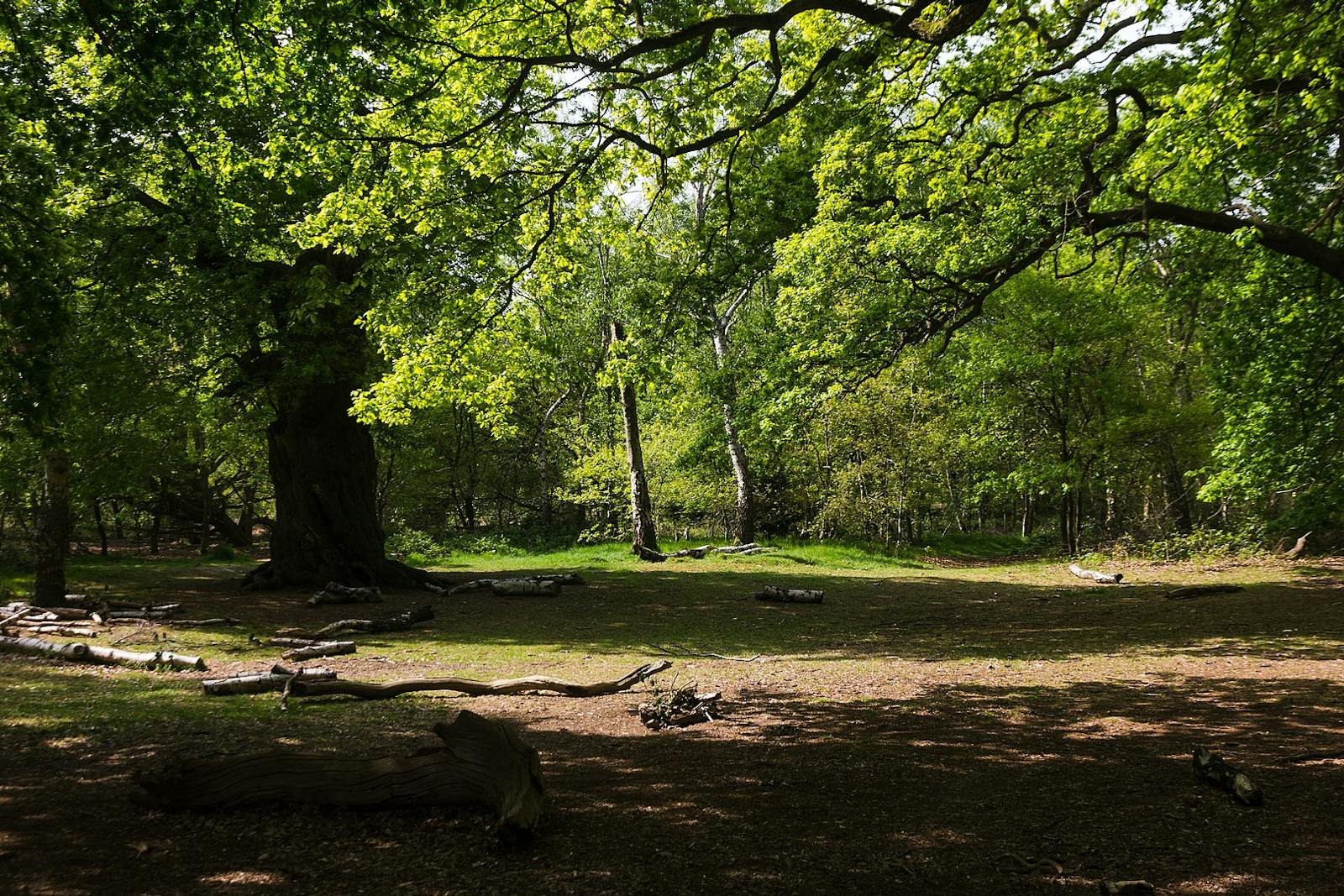
.png?auto=compress%2Cformat&w=300)

